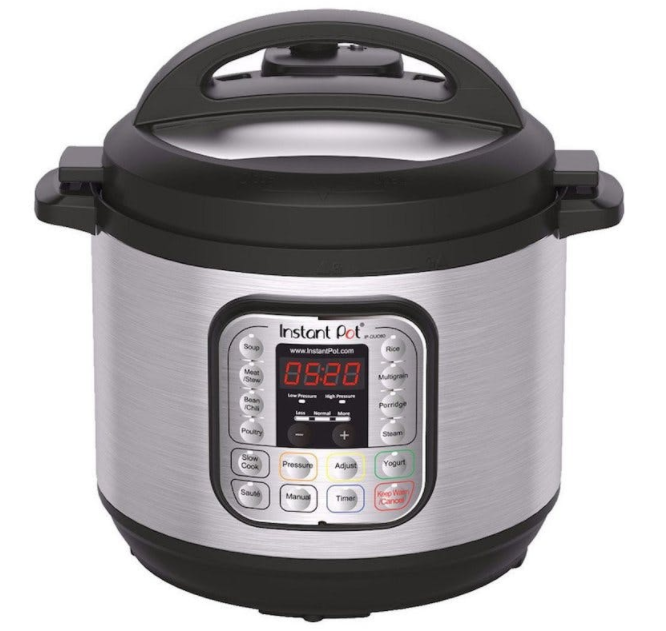Everything You Need to Know About Picking the Right Kitchen Knife
/Any good chef or seasoned home cook will tell you that when it comes to kitchen tools, good knives are critical. But even if you’re tying on your apron as an at-home chef for the first time, knowing which knife to use for certain tasks is *just* as important as knowing how to properly cut that organic produce. So chop chop! Get in the know with this comprehensive infographic below!
1. Chef Knife: With an 8-14 inch blade, this bad boy is the quintessential kitchen knife for day to day duties like dicing, mincing, and julienning. A chef knife is also great for cutting or slicing into meats, which makes this all-purpose tool a handy one to have in your collection.
2. Paring Knife: This blade typically measures between 2-4 inches. It might be tiny, but it’s incredibly useful when it comes to meticulous tasks like skinning fruits, deseeding small peppers, and deveining shrimp. Much like a chef’s knife, the paring knife is designed for all, albeit smaller, purposes.
3. Utility Knife: This blade is another all-purpose option, but with its 6-8 inch blade, it’s smaller and possibly less intimidating than a chef knife. You may not be able to slice into most meats as easily, but fish is a safe bet. This blade is also ideal for cutting up cheese, vegetables, and fruits.
4. Serrated Knife: Every household should have a serrated knife, which is often referred to as a “bread knife.” Thanks to its wavy blade, you can successfully saw through crusty breads, flaky desserts, and even tomatoes, without squashing their plush interiors. If you’ve been using any other knife for such tasks, stop now; go to the store, and buy a serrated knife. You’ll thank us.
5. Santoku Knife: This glorious knife is a Japanese design and is fab for slicing and dicing. Because of it’s multi-purpose functions, it can be used in place of a chef knife. In fact, some folks prefer it because it’s lighter, yet still gets the job done.
6. Boning Knife: This 5-6 inch blade is pretty limited in its duties, but it’s super useful if you perform these duties often. Trimming fat and carving meat from bones doesn’t just require precision, but also a strong blade that is slightly flexible and really sharp.



